Myopia Research Lab
Targeting Basic, Translational and Clinical Aspects of Myopia
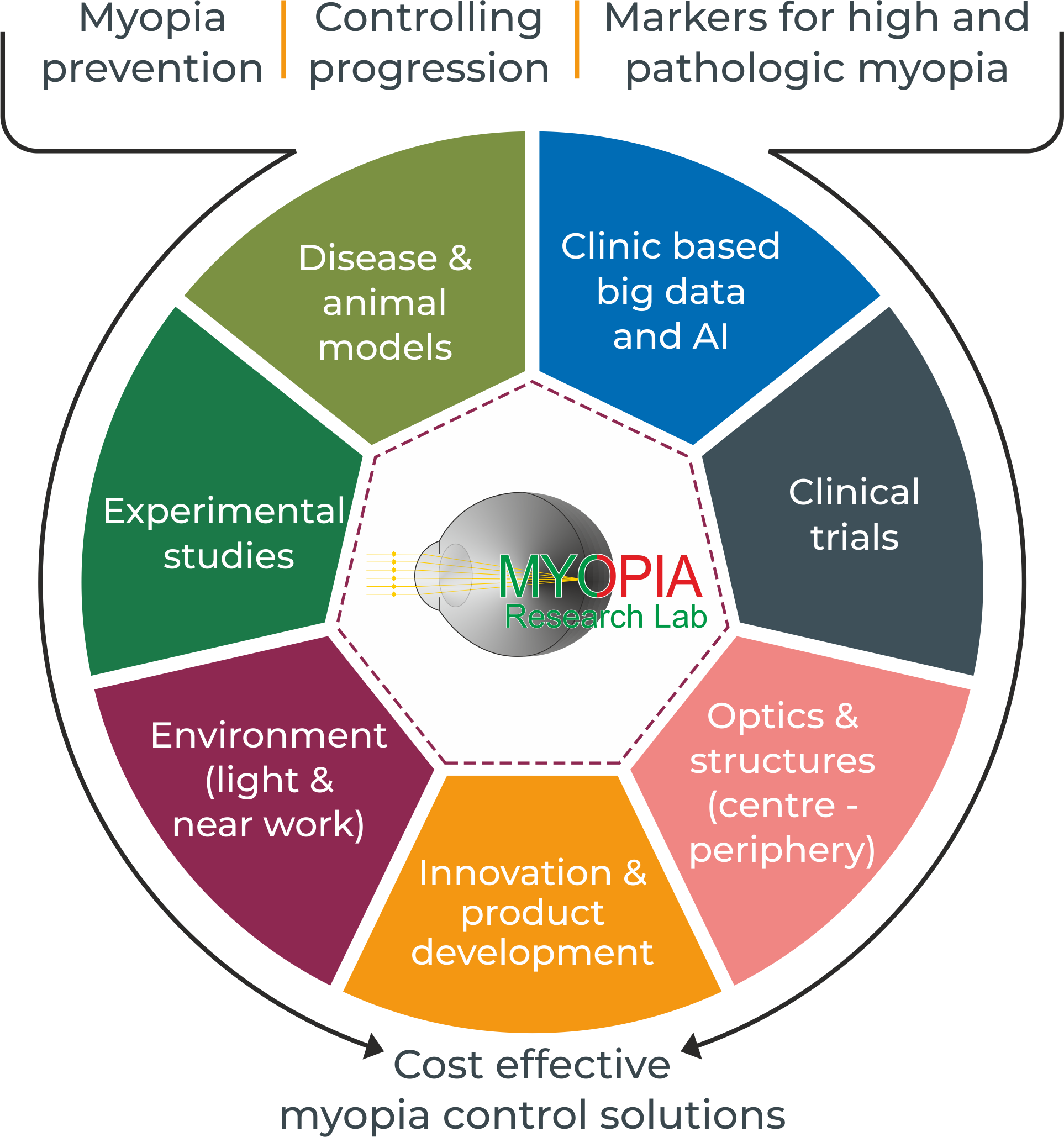
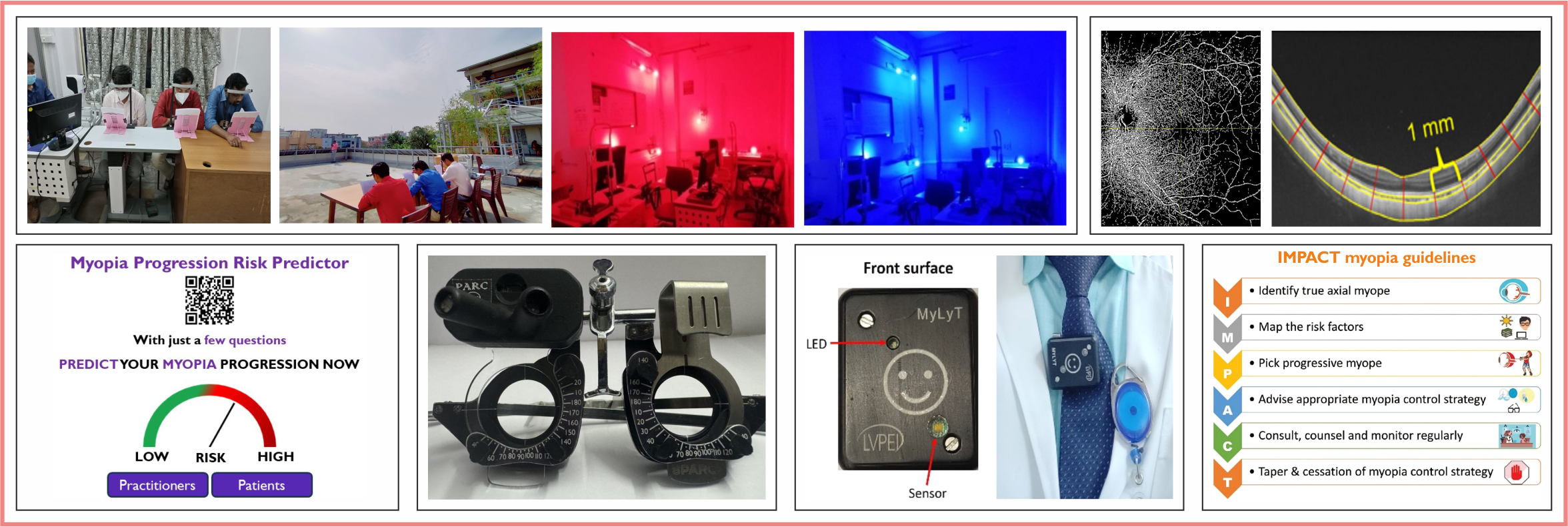
The myopia research laboratory was established at the L V Prasad Eye Institute, Hyderabad in the year 2017. Research at the myopia lab involves both basic and applied aspects of myopia mainly investigating epidemiology, pathogenesis/causation of myopia/pathologic myopia to eventually develop a cost-effective anti-myopia strategy that can be used worldwide for myopia control. The multifactorial influence on myopia causation, the complex gene-environment interactions makes it difficult to draw concrete conclusions in myopia research through cross-sectional studies. The research in this lab focuses on investigating the temporal development of signs (both in the centre and periphery of the eye) to identify novel optical and imaging markers for myopia/high myopia/pathologic myopia via longitudinal and short-term defocus studies.
To volunteer in myopia research, please feel free to write to: myopiaresearch@lvpei.org, Phone: +91 8121010419
Myopia Research Team
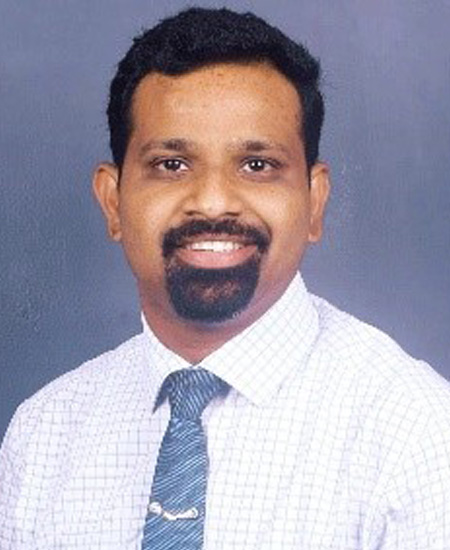
Dr Pavan Kumar Verkicharla
Scientist - Myopia Research Lab
Prof. Brien Holden Eye Research Centre
Head & Consultant Optometrist - The Myopia Centre
DST INSPIRE Faculty - INSA, India
L V Prasad Eye Institute, Hyderabad
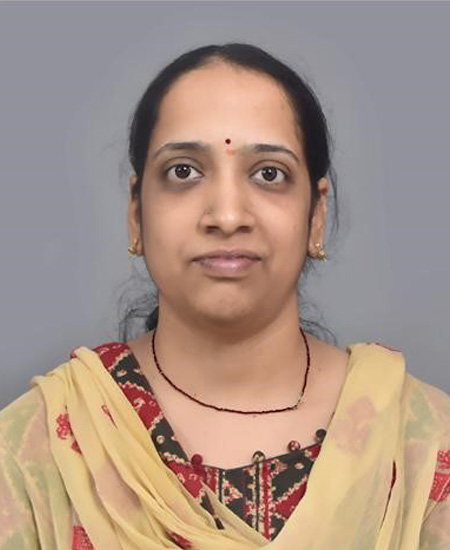
Santoshi Kumari Maddali
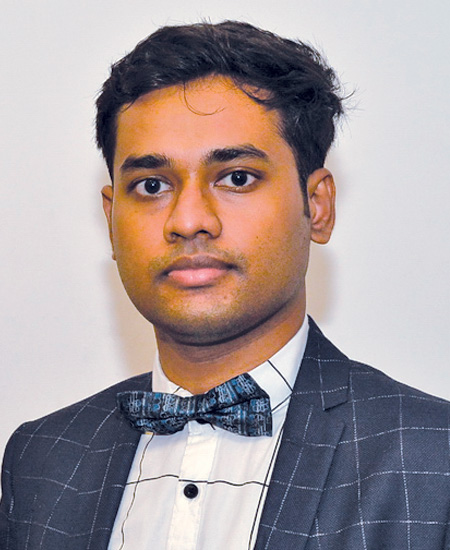
Swapnil Thakur
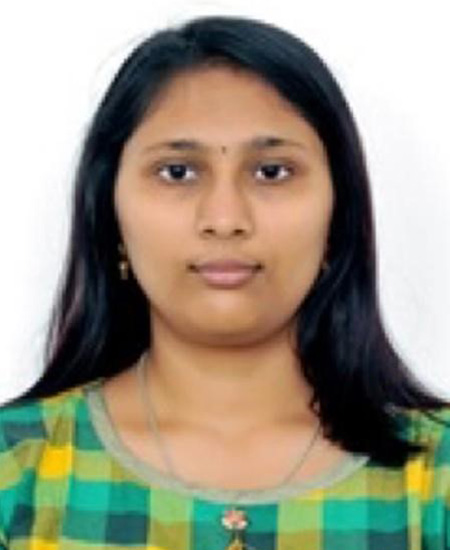
Sruthi Chamarty
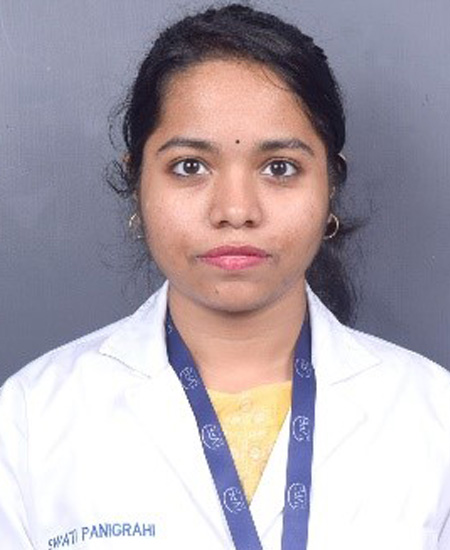
Swati Panigrahi
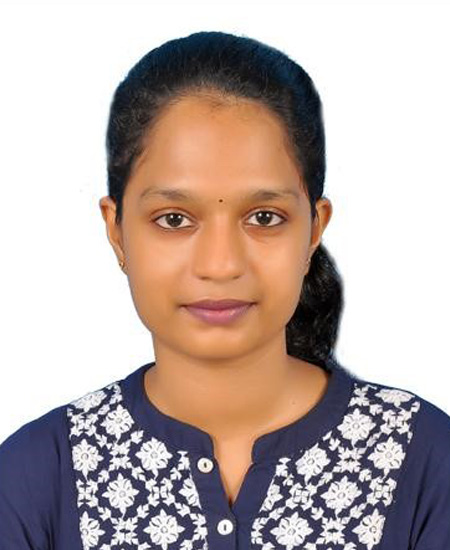
Megha Antony
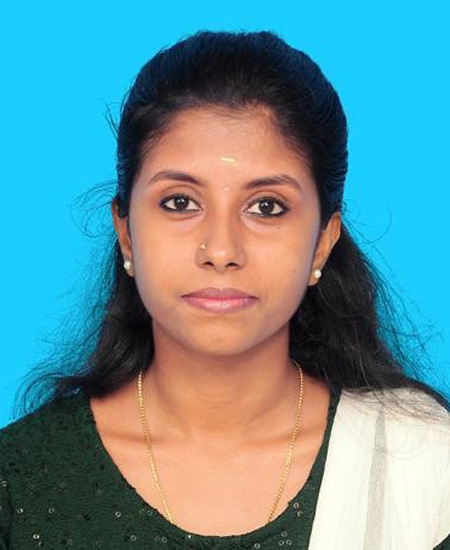
Bhavani Vijayaraj
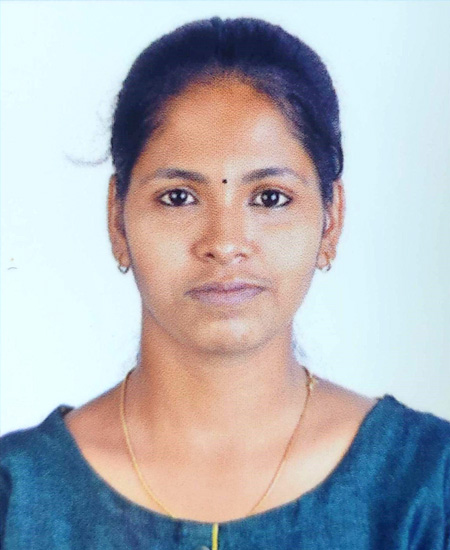
Maanila Pajanivelou
Past lab members
- Rohit Dhakal
- Shashank Bhandary
- Vishwa Sanghavi
- Jacinth J Priscilla
- Manoj Manoharan
- Satish Gupta
- Rakesh Maldoddi


